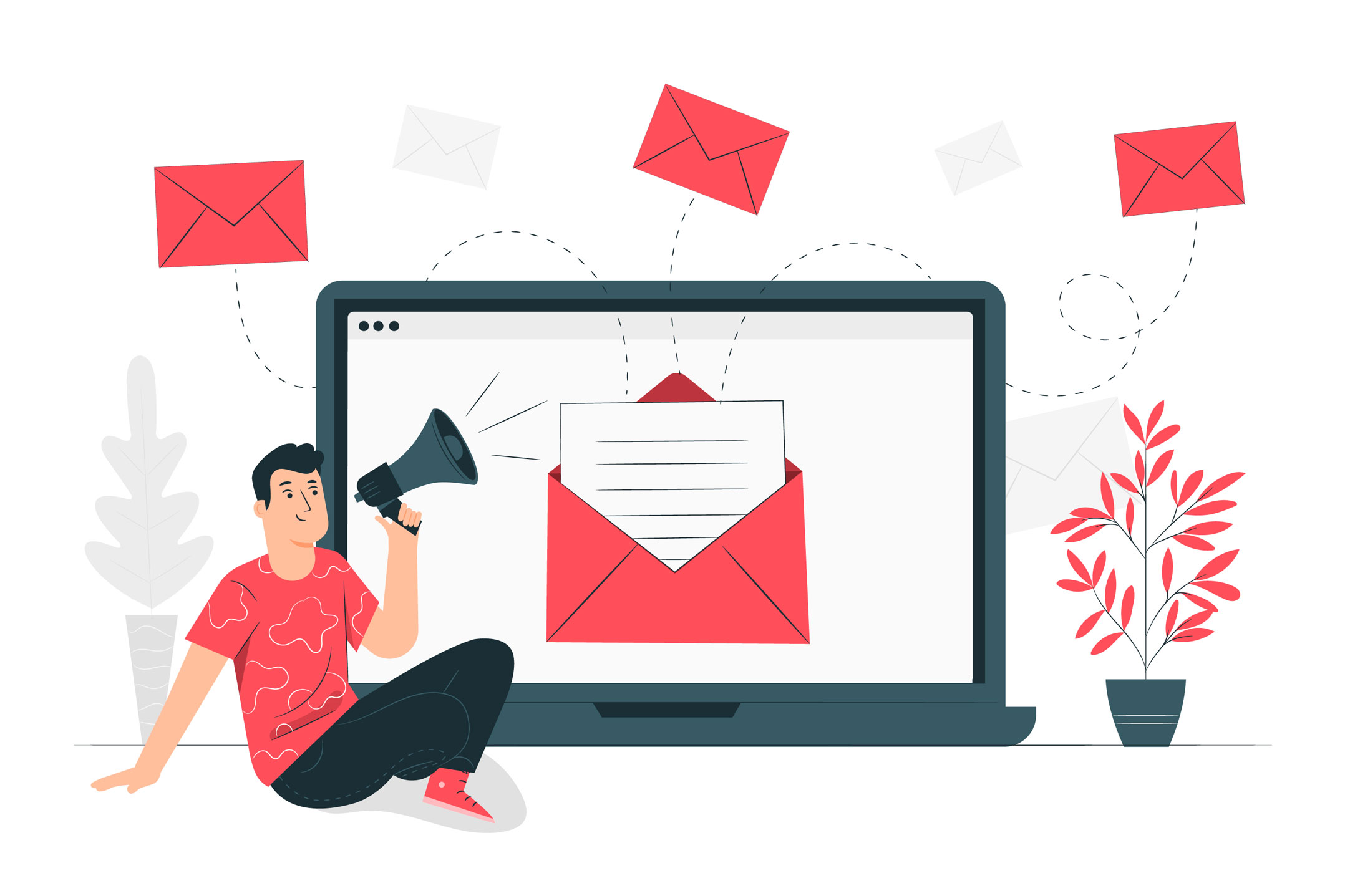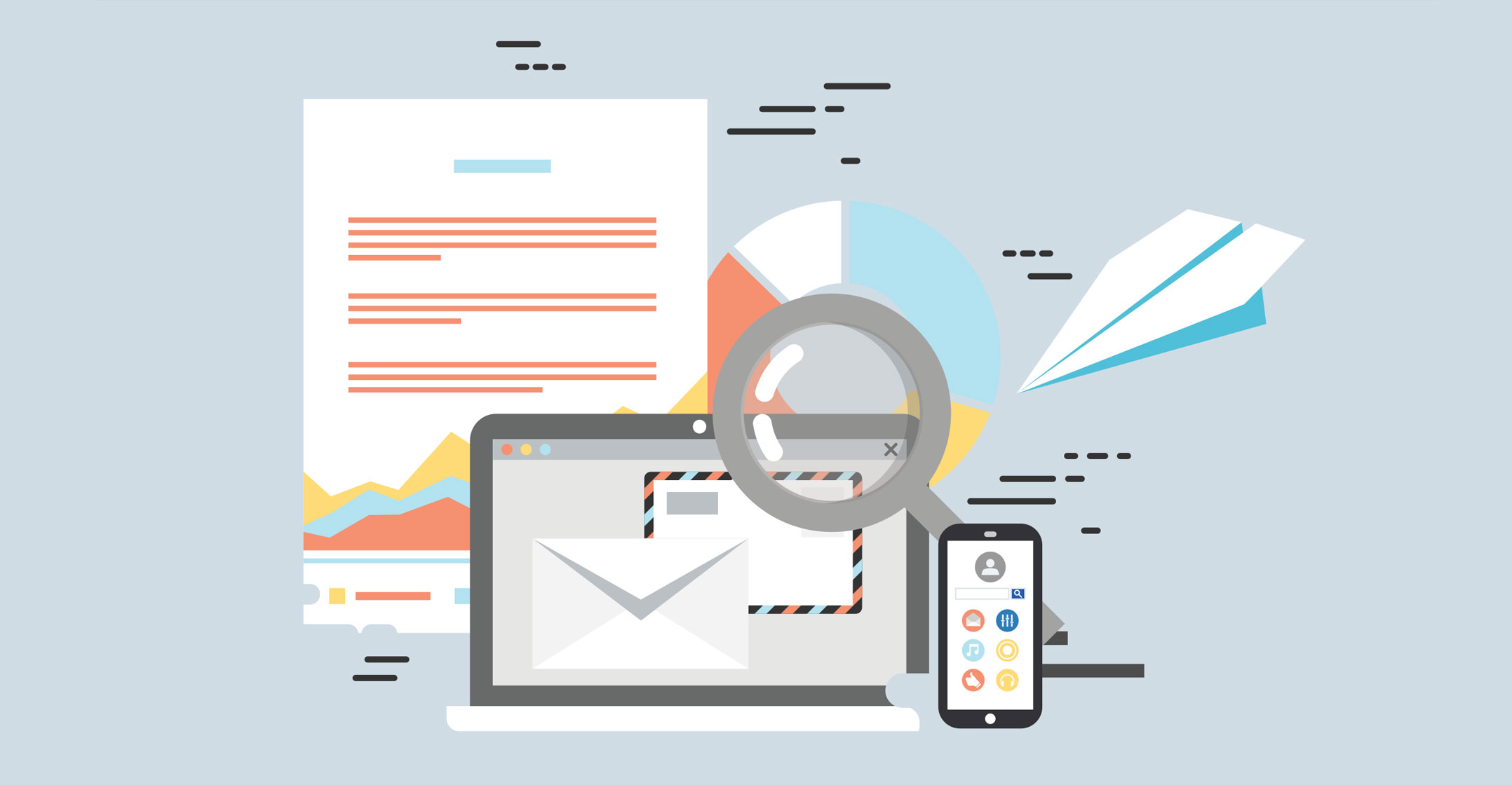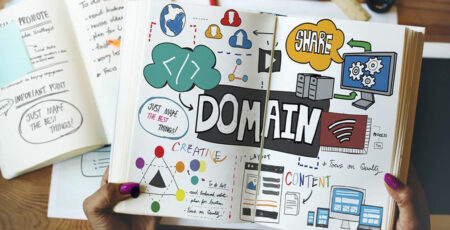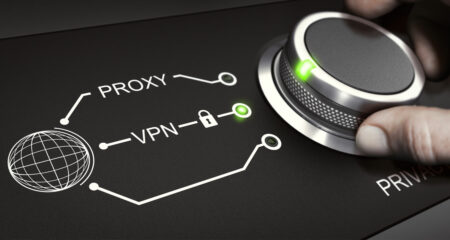 Despite the fact that e-mail communication has been in public use since the late 1990s, almost every business in the world — whether online or offline — has an e-mail account. It’s still a vital communication tool for any SME, and provides a professional platform for business partners, managers, employees and customers to contact one another.
Despite the fact that e-mail communication has been in public use since the late 1990s, almost every business in the world — whether online or offline — has an e-mail account. It’s still a vital communication tool for any SME, and provides a professional platform for business partners, managers, employees and customers to contact one another.
Despite e-mail being a seasoned platform, 1-grid CEO Thomas Vollrath believes it’s the perfect tool to build professional relationships. Unfortunately, business e-mail doesn’t always get used effectively to build those vital industry connections.
Taking business e-mail seriously doesn’t require a huge amount of work, but rather a conscious effort to fine-tune one’s communication. Here are some simple ways to build professional rapport via e-mail.
Use a professional e-mail address
This is a simple task, but one that is often underestimated. Using a free e-mail address has financial benefits, but it doesn’t necessarily reflect that you are serious about your business. As Vollrath notes, an e-mail address that reflects your business name alone, and not your business name attached to the name of your hosting provider, creates credibility and trust before an e-mail of yours has even been opened.
Business e-mail addresses also don’t come alone. Depending on the hosting package you choose, they can include various collaboration, calendar and video conferencing capabilities that help reflect a level of professionalism vital to securing business partnerships and contacts.
Provide context
Context is vital to a well-received e-mail. Context gives your recipient(s) all the vital details needed to efficiently action your request or give you an informed answer to your question. But providing context doesn’t mean you have to send long essays. If you’re providing the details of an online meeting, for example, make a brief list of what the attendees need to prepare as well as the date, time and link for people to join.
Providing context reduces the need for constant, back-and-forth e-mails that can become difficult to track and start to look clumsy on your part.
Start formal
E-mailing a brand new client, customer or supplier for the first time sets the tone for your professional relationship. If you are unsure how to address them, always stick to a more formal tone until the relationship develops. Formalities may fall away pretty quickly, but rather start with being too formal than risk sounding like you’re a newbie to the business with text-style wording.
This doesn’t mean your tone needs to be unfriendly, but it is better that you address the recipient with a Mr, Miss or Mrs, and sign off with “kind regards” instead of “cheers” to set a professional standard.
 Double-check all your details
Double-check all your details
From e-mail recipients, to meeting details and attached documents, always double-check the details in your e-mails before clicking “send”. A confidential report sent to the wrong e-mail address or an internal presentation sent to a client can have negative consequences for both your business and your brand.
Double- or even triple-checking your e-mail addresses and content will make sure information is always sent to the right people.
Leave out strong emotion
Receiving a negative e-mail, no matter the subject, can be disparaging. It’s never advised to reply straight away, as most often the immediate reaction is to defend yourself with a message filled with emotion, followed by a tinge of regret.
Avoid a possibly tumultuous end to a professional relationship by giving yourself some time to formulate a professional response. Reply when you feel confident that your message is both factual and respectful.
Make use of a signature
E-mail signatures not only provide your recipients with your various business details but also signify that your operations are legitimate. Without details such as an address, a website, phone number and a business name, contacts, particularly new contacts, will have to go searching for you online to make sure your business does, in fact, exist. This can make recipients wary.
It’s both helpful, and professional to provide a signature so that your contacts can easily navigate to your business online.
While e-mail communication gives us the tools, it’s up to us to use them effectively. Whether you’re a start-up or a well-established small business, keeping these tips in mind will help you build and sustain professional relationships.
- This promoted content was paid for by the party concerned




